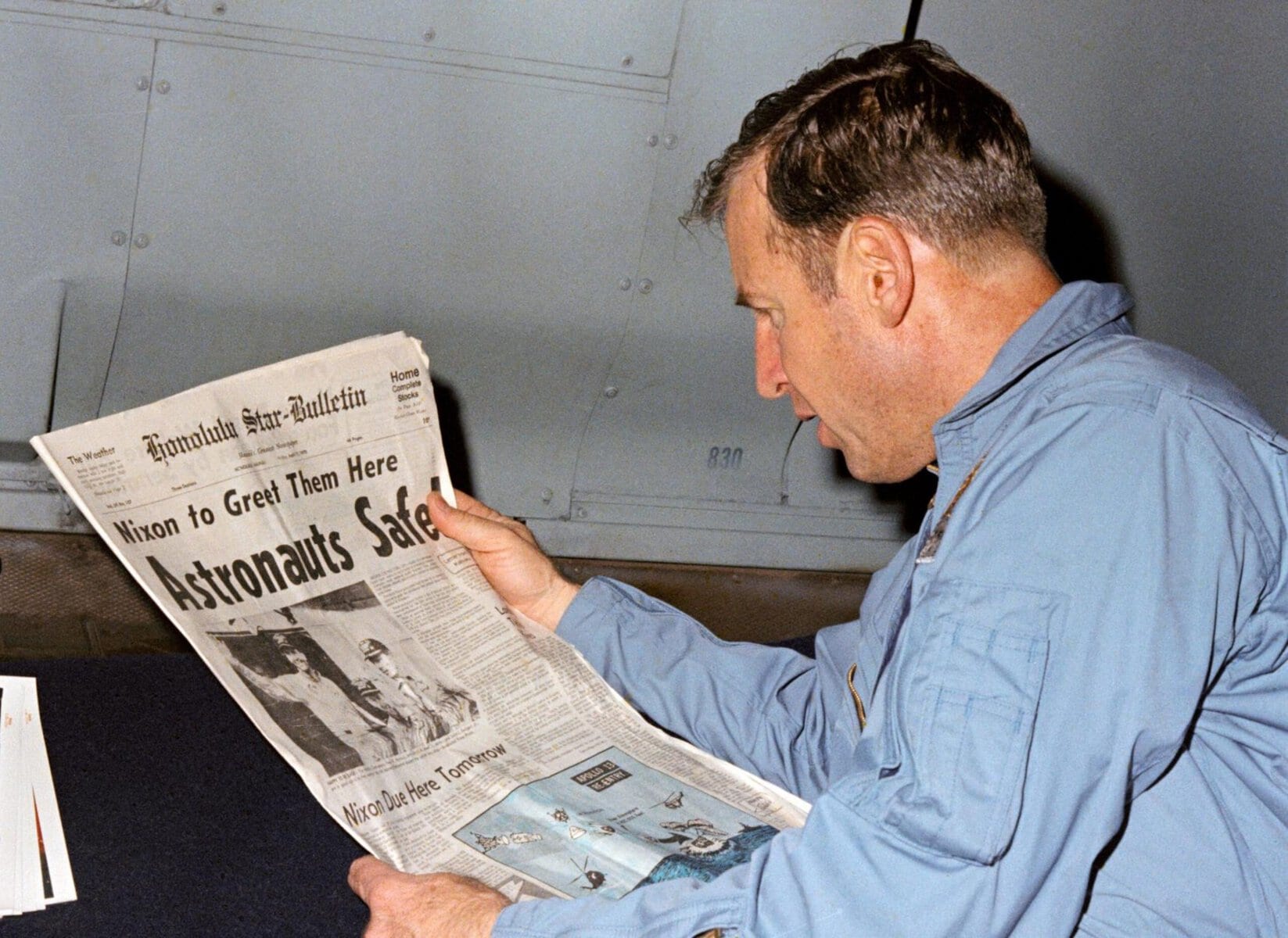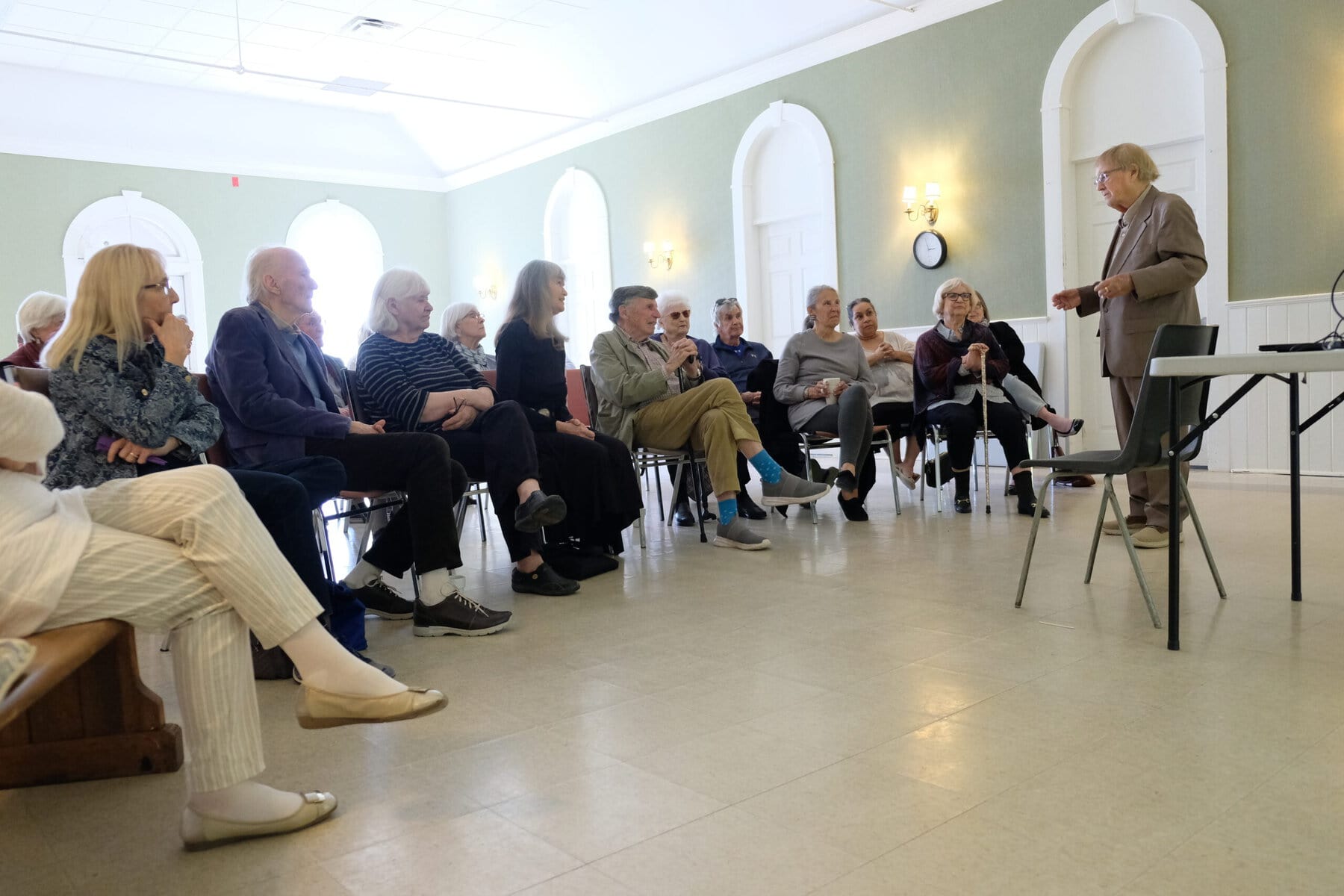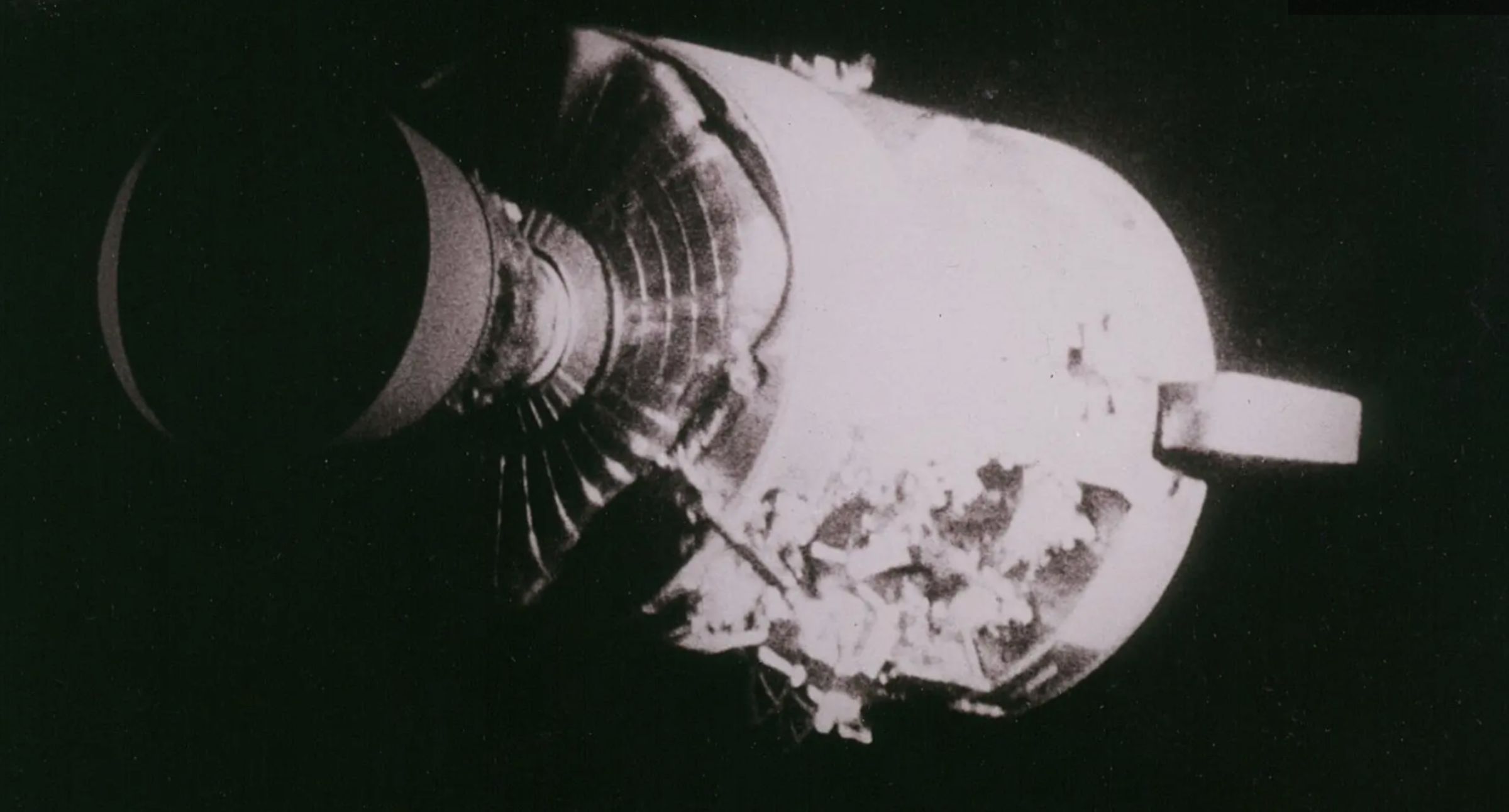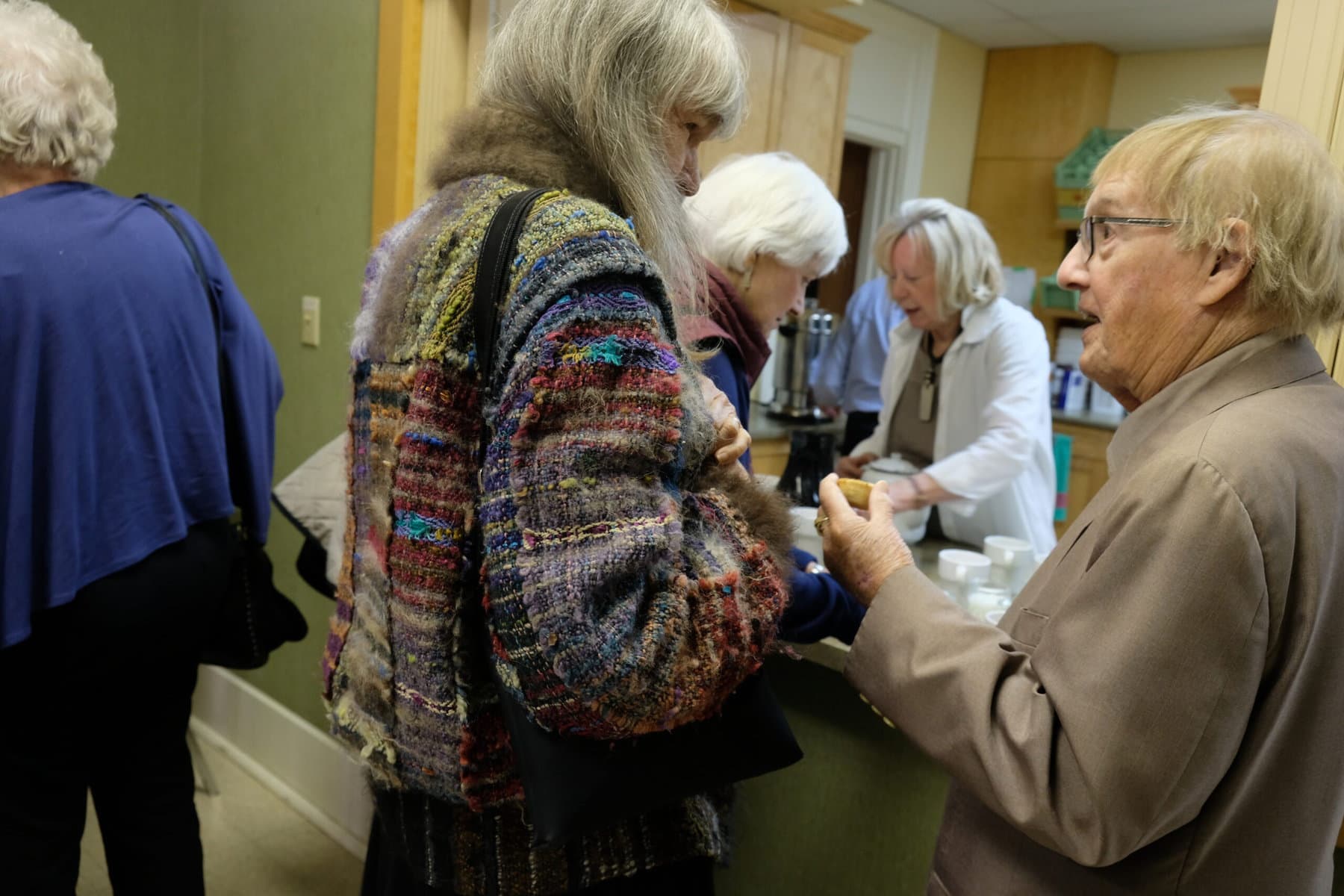Toronto, we’ve had a problem.
Those exact words are imagined, but nonetheless echo the real sentiment of the National Aeronautics and Space Administration on April 16, 1970.
It was a Thursday, three days after the world learned of an explosion aboard the Apollo 13 spacecraft en route to the moon, and one day before the three astronauts safely returned to Earth.
On the other end of the phone line was the University of Toronto’s Institute for Aerospace Studies.
Dr. Rod Tennyson, now a resident of Niagara-on-the-Lake, was a junior tenured professor researching materials science and space structures.
For the next seven hours that day, however, he became part of a team of Canadian experts whose intellectual contribution to the happy ending of this story has rarely been told.
But now, there’s a group of NOTLers who can spread the word of this country’s incredible role thanks to the latest session of the Addison Hall Lecture Series at St. Mark’s Anglican Church held on April 16 — exactly 54 years to the day that Canada got the call to help save the lives of three U.S. spacemen.
On a normal mission, only the command module of the spacecraft would return to Earth with the astronauts.
However, because of the explosion and resulting damage to the craft, the moon landing was aborted and each of the command module, the lunar excursion module and service module were still connected to each other.
A 32-inch-wide tunnel between the modules made room for the astronauts to travel between stations on the craft.
“NASA asked us to calculate the pressure you would put into the tunnel to blow the lunar excursion module (LEM) away from the command module,” said Tennyson.
“If the angle was too low it could cause the LEM to come in (on re-entry to the Earth) behind the command module.”
That was not an acceptable outcome.
With too little pressure the separating craft might have collided and if there was too much pressure the lunar module’s hatch could have been damaged, endangering the lives of all aboard.
Tennyson and the team got to work. The call came in at 9 a.m. NASA needed an answer by 4 p.m.
Simple, right?
“But remember,” he told the enthralled audience, “We had no laptops, no software and no kids to tell us how to do this,” he joked. “We used slide rulers.”
With the parameters of the task in hand, the team consisting of professors Barry French, Ben Etkin, Irv Glass, Phil Sullivan, Peter Hughes and Tennyson, broke into small or individual work groups.
In the end, the amount of pressure that was determined safe was 2 psi. That didn’t mean the problem was solved, however.
“My job was not the calculation of pressure, but to take that number and see if it would damage the hatch of the module that the astronauts were in,” said Tennyson.
“My calculations showed that the deformation would be small with that pressure — not enough to worry about.”
Indeed, the numbers were good.
Astronauts James Lovell, John Swigert and Fred Haise were able to blow the hatch and make the separation without further damage to the vehicle. The craft made a successful re-entry on April 17, 1970, with the world watching, landing in the Pacific Ocean near Samoa.
Two days later, the team received another phone call from the engineer in charge of the lunar module. It was then they found out they were the only ones asked to come up with a solution for that problem.
“We assumed they weren’t going to just rely on us,” said Tennyson.
“When they said, ‘You guys are the only people we called,’ I thought to myself, ‘Well, I’m glad I didn’t know that at the time.”
In 1995, “Apollo 13,” a major motion picture starring Tom Hanks, Bill Paxton and Kevin Bacon depicting the harrowing event, hit theatres worldwide.
While the movie itself failed to make mention of the role Canada played, the University of Toronto’s Institute for Aerospace Studies and the team were named and thanked in the closing credits.













